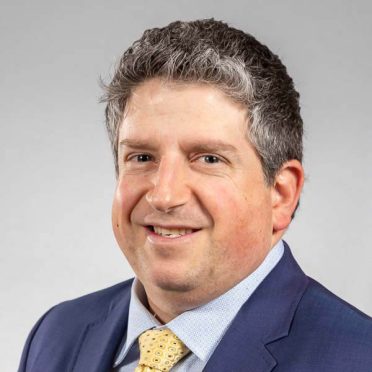The fall equinox arrives on Thursday, September 22, at 9:04 p.m. EDT, and for many people, it means it’s time to gear up for their Seasonal Affective Disorder (SAD).
Seasonal Affective Disorder is a type of depression that’s related to changes in seasons. If you’re like most people with SAD, your symptoms start in the fall and continue into the winter months, although summer seasonal affective disorder is also very real.
Treatment can range from light therapy to psychotherapy or medication.
For a long time, SAD was treated rather dismissively as the “winter blues” and individuals just tried to “tough it out.” In 1984, it was recognized as a legitimate mental health concern and named. About five percent of American adults experience extreme versions of SAD.
“While not as significant a burden of illness as Major Depressive Disorder, Seasonal Affective Disorder is a significant cause of depression and a factor exacerbating underlying causes of depression,” said Andre Newfield, MD, chair of psychiatry at St. Vincent’s Medical Center.
“Seasonal Affective Disorder could erroneously be explained away by people focusing on increasingly busy schedules with school restarting or other avoidant explanations, but it can cause significant risks to safety, as well as quality of life,” he added.
In most cases, Seasonal Affective Disorder symptoms appear during late fall or early winter and resolve as spring arrives.
> Connect with the Behavioral Health Network
Signs and symptoms of SAD:
Some indicators of SAD include:
- Feeling listless, sad or down most of the day, nearly every day.
- Losing interest in activities you once enjoyed.
- Having low energy and feeling sluggish.
- Having problems with sleeping too much.
- Experiencing carbohydrate cravings, overeating and weight gain.
- Having difficulty concentrating.
- Feeling hopeless, worthless or guilty.
- Having thoughts of not wanting to live.
Fall and winter SAD symptoms
In the fall and winter, symptoms of SAD include:
- Oversleeping.
- Appetite changes, especially a craving for foods high in carbohydrates.
- Weight gain.
- Tiredness or low energy.
> Want more health news? Text StartHere to 85209 to sign up for text alerts
Possible causes of SAD
The specific cause of seasonal affective disorder remains unknown. Some factors include:
- Your circadian rhythm. The reduced level of sunlight in fall and winter may disrupt your body’s internal clock and lead to feelings of depression.
- Serotonin levels. Serotonin is a neurotransmitter that affects mood. Reduced sunlight can cause a drop in serotonin that may trigger depression.
- Melatonin levels. The change in season can disrupt the balance of the body’s level of melatonin, which plays a role in sleep patterns and mood.
Treatment for SAD
The most common treatments for Seasonal Affective Disorder are light therapy, psychotherapy and medication.
- Light therapy. In phototherapy, you sit a few feet from a special light box so that you’re exposed to bright light within the first hour of waking up each day. Light therapy mimics natural outdoor light and appears to cause a change in brain chemicals linked to mood. This is often the first line treatment for fall-onset SAD. It generally starts working in a few days to a few weeks and causes very few side effects.
- Psychotherapy. Talk therapy is another option to treat SAD. A type of psychotherapy known as cognitive behavioral therapy can help you:
- Learn healthy ways to cope with SAD.
- Identify and change negative thoughts and behaviors.
- Learn how to manage stress.
- Build in healthy behaviors.
- Medications. Some people with SAD benefit from antidepressant treatment, especially if symptoms are severe. Talk with your provider about options. “There is significant hope for people who recognize seasonal declines in their moods and who go for help,” Newfield said. “Medications can be helpful, but even more, light therapy is a big opportunity to stabilize these seasonal mood fluctuations, restore functioning, and make major improvements in patients severely impacted by Seasonal Affective Disorder.”
When to see a doctor
It’s normal to have some days when you feel down. But if the feeling lasts for days at a time and you lose interest in activities you normally enjoy, see your healthcare provider. This is especially important if your sleep patterns and appetite have changed, you turn to alcohol for comfort or relaxation, or you feel hopeless or think about suicide.



